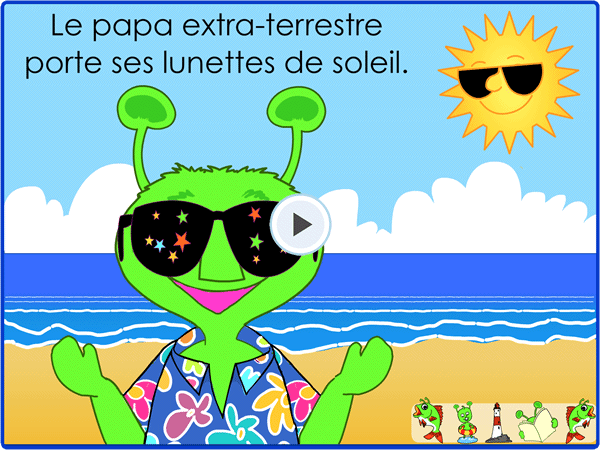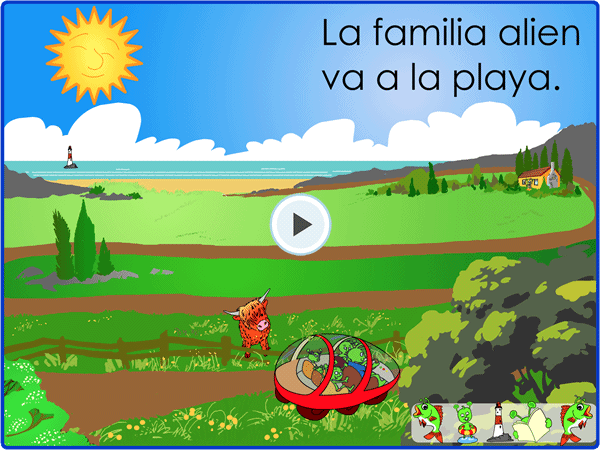Seaside Sequencing Story.Languages and Literacy
In sharing this animated sequencing story, I have to thank several people!
Firstly Ana Lavado Garcia for her drawings and the original story power points some of us have used as part of the resources for JLN member schools.Secondly Ana and Emilie Woodruffe for their native speaker voices and time to put together authentic language in the simple story .Thirdly Little Red Languages for their work alongside WTSA/JLN to bring the "Alien family at the Seaside " story to animated life!
We love our extra terrestrial family and their adventures.
This year as part of our third local network meeting for the DFE funded WTSA/JLN language project "Language Learning for Everyone " we met the family at carnival for our "Carnival Triarama Conversations"
Thanks to all the wonderful people above we are able to share this animated sequencing story about the seaside with you all.We hope you will enjoy exploring the story with your children in French and/or Spanish the following DFE KS2 POS learning objectives
DFE POS LOS:
- listen attentively to spoken language
- speak in sentences,using familar vocabulary,phrases and basic language structures
- read carefully and show understanding of words, phrases and simple writing
- appreciate stories ...in the language
- broaden their vocabulary and develop their ability to understand new words
- Share the front page and look for cognates in the story title.
- Brainstorm words we may already know about the seaside and might expect to find in the story.
- Categorise the words- nouns, adjectives, verbs, masculine/ feminine etcetra.
- Encourage the children to look up words they really hope are in the seaside story.
- Explore the instuctions on the second page and look up the key words forst in the bilingual dictionaries before actially clicking in the icons to see what they do and therefore understand the instructions
- Discuss and identify which words are adjectives, nouns and parts of verbs.
- Listen to the story all the way through with the text and add actions for each page on a second hearing.
- Listen to the story to explore the text on each page- show the text on each page, pause on key words, hide the text , practise as a class re-telling the story orally trying to be as exact and true to pronunciation as possible.
- Explore replacement words and phrases- can we change the weather for example or describe dad's sunglasses or baby's enormous ice cream in more detail?
- Spot the sequencing words.
- Discuss the role of the sequencing words in the text.
- Give out strips of card with the sentences written on the cards
- Can the children in pairs put the story back together in order.
- Listen to the text but this time conceal the words- can the pairs wave the correct sentence strip to match the sentence they hear?
- Ask the children to rewrite the text in the order they want it to happen - moving the sequencing words around and therefore changing the order.
- Let's learn the text and let's act it out
- Let's change the text and tell the story as a performance
- Let's draw our own story and add our own sentences and sound files!



